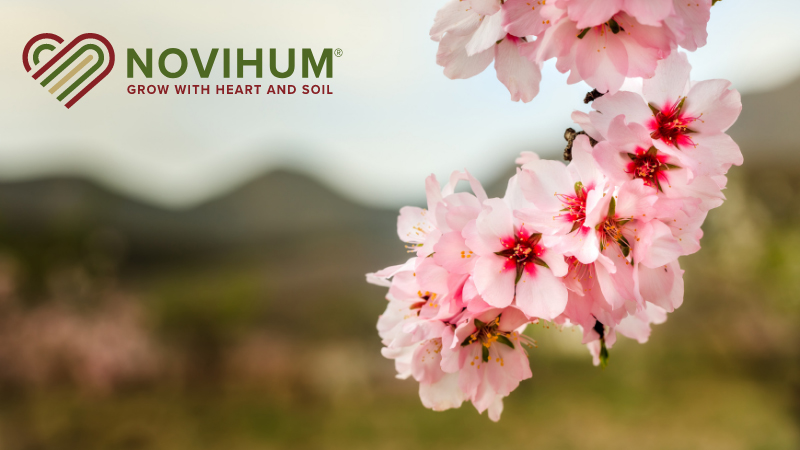Pick One of These 3 Growing Methods for Tomatoes That Is Right for You

Which growing method for tomatoes is the best? Field grown; high tunnels; or in the greenhouse. Only you can know what will work for you.

Tomatoes can be grown any time of the year, regardless of your location. That’s a bold statement, and of course there may be some exceptions. But it’s only a matter of time before tomatoes will be grown even on the space station.
The three main systems for commercial tomato production are 1) field grown, 2) high tunnel, and 3) greenhouse. It’s up to the producer to determine which system, or combination of systems, is best for his or her business enterprise.
Field Grown
If you have access to plenty of inexpensive, fertile land with a reasonably long growing season, field production may very well be the best, and perhaps only system to implement.
Input costs are the lowest and, assuming prices are set at an appropriate level, profits can be the highest.
Remember, it’s not how much you make (revenue), it’s how much you keep (profit). This is a caution against overextending on capital costs so that profits are lower than expected. Profit is revenue minus costs, so keep your eye on potential profits.
High Tunnel
Without too much additional expense, a high tunnel or two can be added to the business. But, you may ask, why bother?
First, think of a high tunnel primarily as a way to harvest over a longer season.
What if you could pick tomatoes a month or so earlier than the competition? What if you could continue picking your vine-ripe tomatoes after other local farms are pulling out frost-damaged plants? You can expect higher prices for your extra early harvest and continued income late into the fall before a hard freeze comes.
Another positive factor for high tunnels — and there are many — is that you can use them for other crops during the winter months, as climate zones allow. Think about adding some cold-tolerant greens (kale, collard), lettuce, spinach, potatoes (not sweet potatoes), green peas, carrots, radishes, etc. to your mix.
And a third factor to spotlight for high tunnels is funding from USDA’s Natural Resources Conservation Service (NRCS). It will pay for most of the construction costs. This is a win-win. Contact your local NRCS office to ask about funding (not the Extension service). For reimbursement, you must spend the money on tunnels that meet certain specifications up front. And save receipts.
Greenhouse
Finally, we get to greenhouse structures. You might think I would be biased and try to point all growers to greenhouses instead of high tunnels or field production.
The reality is that growers must pick the method that is right for their own circumstances.
Greenhouses cost the most, by far. Not only do you have capital costs for the structure, but there are additional costs for heating fuel, and that has been going up sharply this past year.
What do you get in return? Greenhouses give you the opportunity to grow and harvest tomatoes during seasons when the field, and even high tunnels, will not provide the same ability. You can harvest all winter if you want to.
Just like how high tunnels allow for early spring harvest leading to higher prices, greenhouses will bring even higher prices since fruit can be picked all fall, winter, and early spring when you are unable to harvest field or high tunnel tomatoes.
So which growing method for tomatoes is the right one for you? It can be more than one system. A field grower can add high tunnels to extend the harvest season at both ends. A greenhouse grower can add some outdoor tomatoes to the farm to pick in summer and fall when it may be too hot outside to grow in the green-house. This depends on where you are located.
Let’s look at the whole enterprise and make smart decisions about which system, or combination of systems, will maximize your profits.
Comments? Drop me a line.










